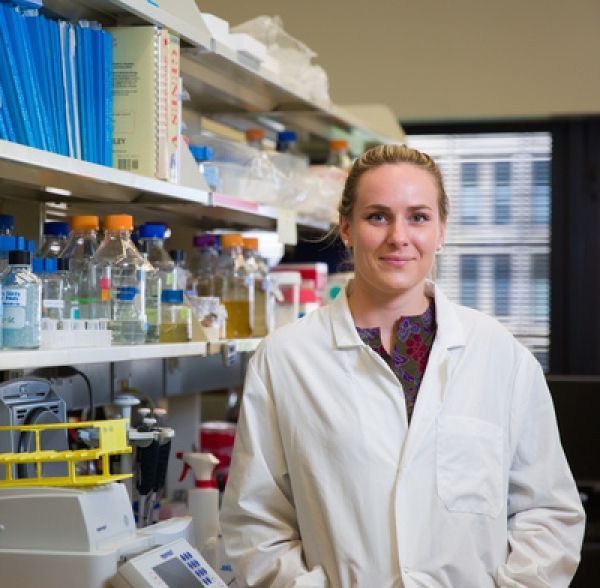Silver has been used for centuries as an antimicrobial to kill harmful bacteria. Ancient civilizations applied the metal to open wounds. Ship captains tossed silver coins into storage barrels to keep drinking water fresh.
In hospitals today, silver is used in bandages to treat burn victims, destroy pathogenic microbes on catheters, and combat dangerous "superbugs" that have grown resistant to traditional antibiotic drugs.
But the molecular mechanisms of how silver kills bacteria, and how resistance to silver develops in these microorganisms, are not fully understood. Now a new study, led by Faculty of Science biological scientists at the University of Calgary, helps enhance understanding of silver’s antibacterial properties.
The research team performed a chemical genetic screen on a "library" of 4,000 mutant strains of the bacterium Escherichia coli (E. coli), in which a unique gene in each strain has been “knocked out,” or deleted.
Continue reading at University of Calgary.
Image via University of Calgary.


